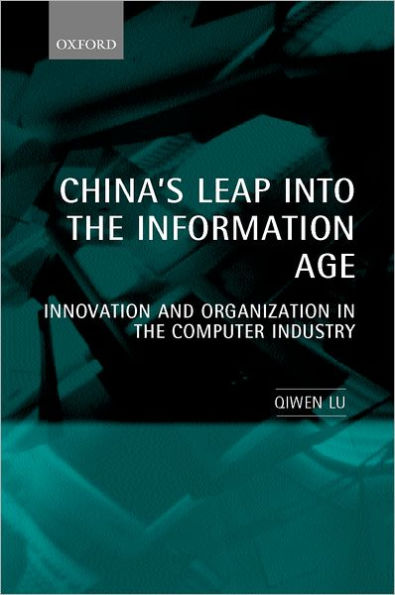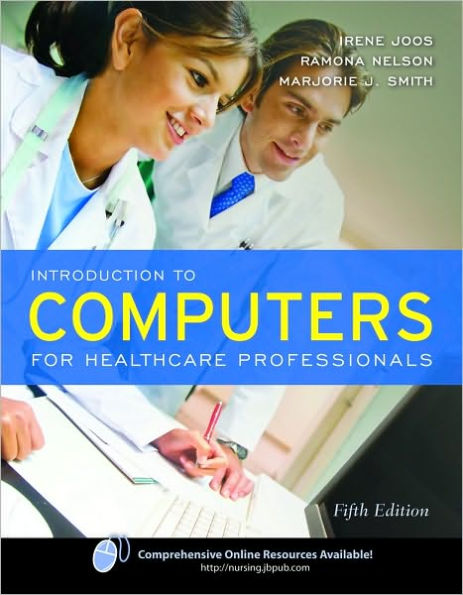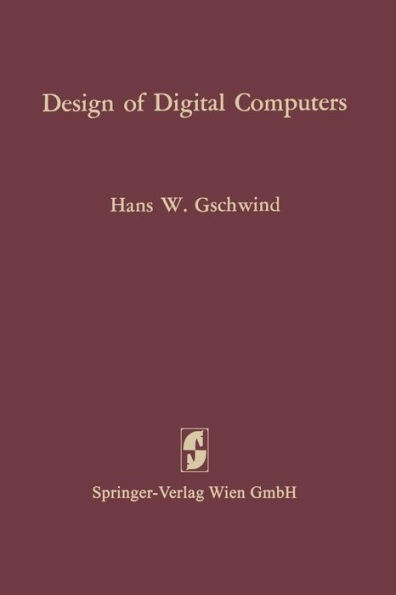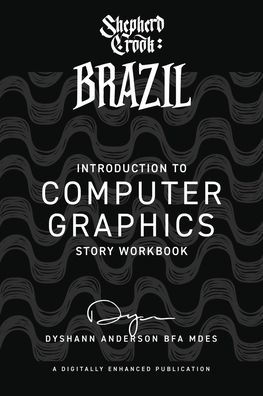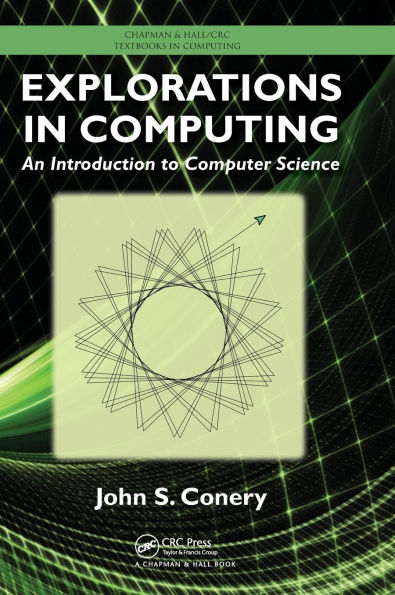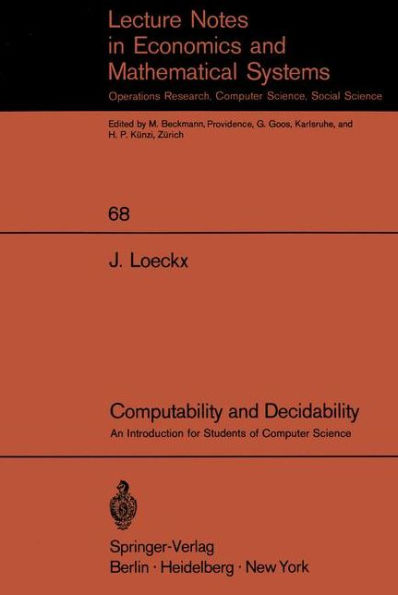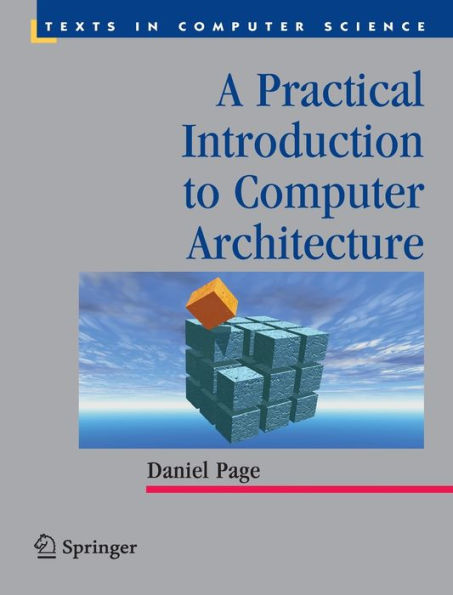Home
Introduction to Computer Organization
Barnes and Noble
Loading Inventory...
Introduction to Computer Organization
Current price: $131.95
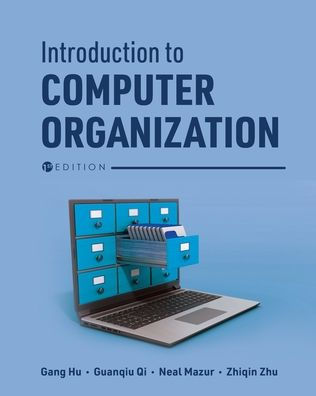
Barnes and Noble
Introduction to Computer Organization
Current price: $131.95
Loading Inventory...
Size: OS
*Product information may vary - to confirm product availability, pricing, shipping and return information please contact Barnes and Noble
Introduction to Computer Organization
equips students with foundational and essential knowledge regarding how computers process numbers and organize data.
Opening chapters address computer numbering systems, signed integer representation, floating point representation, and character codes. Students learn about bitwise operations, Boolean function, Karnaugh maps, digital circuit design, and computer memory. Additional chapters cover central processing units (CPUs), I/O processing, and instruction set architecture. The closing chapter provides students with a simple 16-bit RISC instruction set for a CPU simulator, SimX system, furnishing them with a better understanding of the working mechanism of a computer system and preliminary knowledge of assembly programming. A helpful appendix provides students with a set of SimX utilities, including an assembler, a linker, and a combination of assembler and linker.
Designed to provide students with a firm grasp of critical material in the field,
is an exemplary resource for courses and programs in computer science.
Gang Hu
is an assistant professor in the Department of Computer Information Systems at SUNY Buffalo State. He holds a Ph.D. in computer science from Dalhousie University.
Guanqiu Qi
is an assistant professor in the Department of Computer Information Systems at SUNY Buffalo State. He holds a Ph.D. in computer science from Arizona State University.
Neal Mazur
is an associate professor in the Department of Computer Information Systems at SUNY Buffalo State. He holds a Ph.D. in computer science from Arizona State University.
Zhiqin Zhu
is a professor in the College of Automation at Chongqing University of Post and Telecommunications, Chongqing. He holds a Ph.D. in control engineering from Chongqing University.
equips students with foundational and essential knowledge regarding how computers process numbers and organize data.
Opening chapters address computer numbering systems, signed integer representation, floating point representation, and character codes. Students learn about bitwise operations, Boolean function, Karnaugh maps, digital circuit design, and computer memory. Additional chapters cover central processing units (CPUs), I/O processing, and instruction set architecture. The closing chapter provides students with a simple 16-bit RISC instruction set for a CPU simulator, SimX system, furnishing them with a better understanding of the working mechanism of a computer system and preliminary knowledge of assembly programming. A helpful appendix provides students with a set of SimX utilities, including an assembler, a linker, and a combination of assembler and linker.
Designed to provide students with a firm grasp of critical material in the field,
is an exemplary resource for courses and programs in computer science.
Gang Hu
is an assistant professor in the Department of Computer Information Systems at SUNY Buffalo State. He holds a Ph.D. in computer science from Dalhousie University.
Guanqiu Qi
is an assistant professor in the Department of Computer Information Systems at SUNY Buffalo State. He holds a Ph.D. in computer science from Arizona State University.
Neal Mazur
is an associate professor in the Department of Computer Information Systems at SUNY Buffalo State. He holds a Ph.D. in computer science from Arizona State University.
Zhiqin Zhu
is a professor in the College of Automation at Chongqing University of Post and Telecommunications, Chongqing. He holds a Ph.D. in control engineering from Chongqing University.
Introduction to Computer Organization
equips students with foundational and essential knowledge regarding how computers process numbers and organize data.
Opening chapters address computer numbering systems, signed integer representation, floating point representation, and character codes. Students learn about bitwise operations, Boolean function, Karnaugh maps, digital circuit design, and computer memory. Additional chapters cover central processing units (CPUs), I/O processing, and instruction set architecture. The closing chapter provides students with a simple 16-bit RISC instruction set for a CPU simulator, SimX system, furnishing them with a better understanding of the working mechanism of a computer system and preliminary knowledge of assembly programming. A helpful appendix provides students with a set of SimX utilities, including an assembler, a linker, and a combination of assembler and linker.
Designed to provide students with a firm grasp of critical material in the field,
is an exemplary resource for courses and programs in computer science.
Gang Hu
is an assistant professor in the Department of Computer Information Systems at SUNY Buffalo State. He holds a Ph.D. in computer science from Dalhousie University.
Guanqiu Qi
is an assistant professor in the Department of Computer Information Systems at SUNY Buffalo State. He holds a Ph.D. in computer science from Arizona State University.
Neal Mazur
is an associate professor in the Department of Computer Information Systems at SUNY Buffalo State. He holds a Ph.D. in computer science from Arizona State University.
Zhiqin Zhu
is a professor in the College of Automation at Chongqing University of Post and Telecommunications, Chongqing. He holds a Ph.D. in control engineering from Chongqing University.
equips students with foundational and essential knowledge regarding how computers process numbers and organize data.
Opening chapters address computer numbering systems, signed integer representation, floating point representation, and character codes. Students learn about bitwise operations, Boolean function, Karnaugh maps, digital circuit design, and computer memory. Additional chapters cover central processing units (CPUs), I/O processing, and instruction set architecture. The closing chapter provides students with a simple 16-bit RISC instruction set for a CPU simulator, SimX system, furnishing them with a better understanding of the working mechanism of a computer system and preliminary knowledge of assembly programming. A helpful appendix provides students with a set of SimX utilities, including an assembler, a linker, and a combination of assembler and linker.
Designed to provide students with a firm grasp of critical material in the field,
is an exemplary resource for courses and programs in computer science.
Gang Hu
is an assistant professor in the Department of Computer Information Systems at SUNY Buffalo State. He holds a Ph.D. in computer science from Dalhousie University.
Guanqiu Qi
is an assistant professor in the Department of Computer Information Systems at SUNY Buffalo State. He holds a Ph.D. in computer science from Arizona State University.
Neal Mazur
is an associate professor in the Department of Computer Information Systems at SUNY Buffalo State. He holds a Ph.D. in computer science from Arizona State University.
Zhiqin Zhu
is a professor in the College of Automation at Chongqing University of Post and Telecommunications, Chongqing. He holds a Ph.D. in control engineering from Chongqing University.

